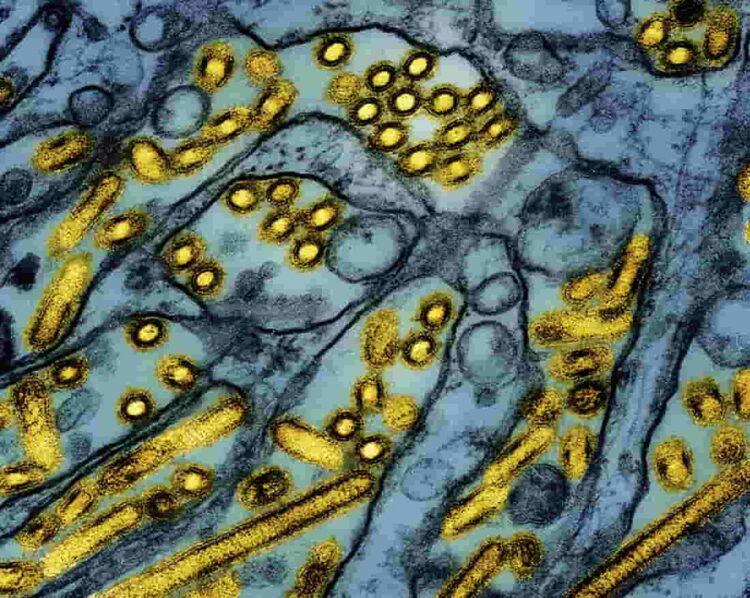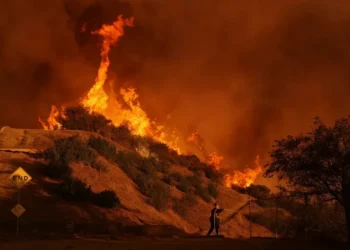Bird Flu Emergency: California Declares Crisis Amid U.S.’s First Severe Human Case
California has declared a state of emergency as bird flu continues to ravage dairy cattle, marking an escalation in the outbreak’s severity. Governor Gavin Newsom announced the measure to mobilize resources and strengthen the state’s response, following the detection of over 300 infected dairy herds in the past month.
California at the Epicenter
The Golden State has emerged as the epicenter of the nation’s bird flu outbreak, with dairy cows in Southern California driving the surge. Gov. Newsom emphasized the urgency of the situation, stating:
“This proclamation ensures agencies have the flexibility needed to combat the virus. While the public’s risk remains low, we are committed to preventing its spread.”
California accounts for nearly half of the confirmed U.S. human cases, heightening concerns about potential spillover into the general population. Scientists warn that the uncontrolled spread among cattle increases the likelihood of mutations that could make the virus more transmissible to humans.
First Severe Human Case Reported in the U.S.
The crisis intensified with the nation’s first severe human case of bird flu, reported in a Louisiana resident. The individual, hospitalized after exposure to infected backyard birds, tested positive for the H5N1 virus—a strain circulating in wild birds and poultry, distinct from the variant affecting dairy cattle.
This strain, known as the D1.1 genotype, has previously caused mild infections in U.S. poultry workers and a severe case in a Canadian teenager. Genetic sequencing of the Louisiana case revealed no immediate evidence of human-to-human transmission, but officials remain vigilant.
CDC: Risk to the Public Remains Low
Dr. Demetre Daskalakis of the CDC reassured the public that the risk of widespread transmission remains low. However, he acknowledged the virus’s history of severe illness globally, emphasizing the need for ongoing monitoring.
“We are sequencing the virus to identify mutations that could signal it’s adapting to infect humans more effectively,” Daskalakis said.
Unexplained Infections Spark Concern
While most human cases are linked to direct contact with infected animals or their products, some have no clear source. Instances in California and Missouri, where exposure pathways remain unidentified, underscore the virus’s unpredictable nature.
Farm workers handling infected cattle or poultry are at the highest risk, with cattle suspected of transmitting the virus through contaminated milk. Despite these risks, the CDC has found no evidence of human-to-human transmission in the U.S.
Global Implications
The Louisiana case, coupled with mutations observed in Canada, has scientists on high alert. These developments suggest the virus could evolve in ways that increase its threat to public health. Further investigation is underway to determine how the Louisiana resident contracted the virus and assess the broader implications.
What’s Next?
Authorities are scaling up surveillance and testing to contain the outbreak. Meanwhile, the public is urged to avoid direct contact with sick or dead birds and to report unusual animal deaths promptly.
The bird flu outbreak serves as a stark reminder of the delicate balance between animal health and human safety, and the need for vigilance in preventing zoonotic threats.
This article was rewritten by JournosNews.com based on verified reporting from trusted sources. The content has been independently reviewed, fact-checked, and edited for accuracy, tone, and global readability in accordance with Google News standards.
Stay informed with JournosNews.com — your trusted source for verified global reporting and in-depth analysis. Follow us on Google News and BlueSky for real-time updates.
JournosNews.com follows Google News content standards with original reporting, verified sources, and global accessibility. Articles are fact-checked and edited for accuracy and neutrality.












